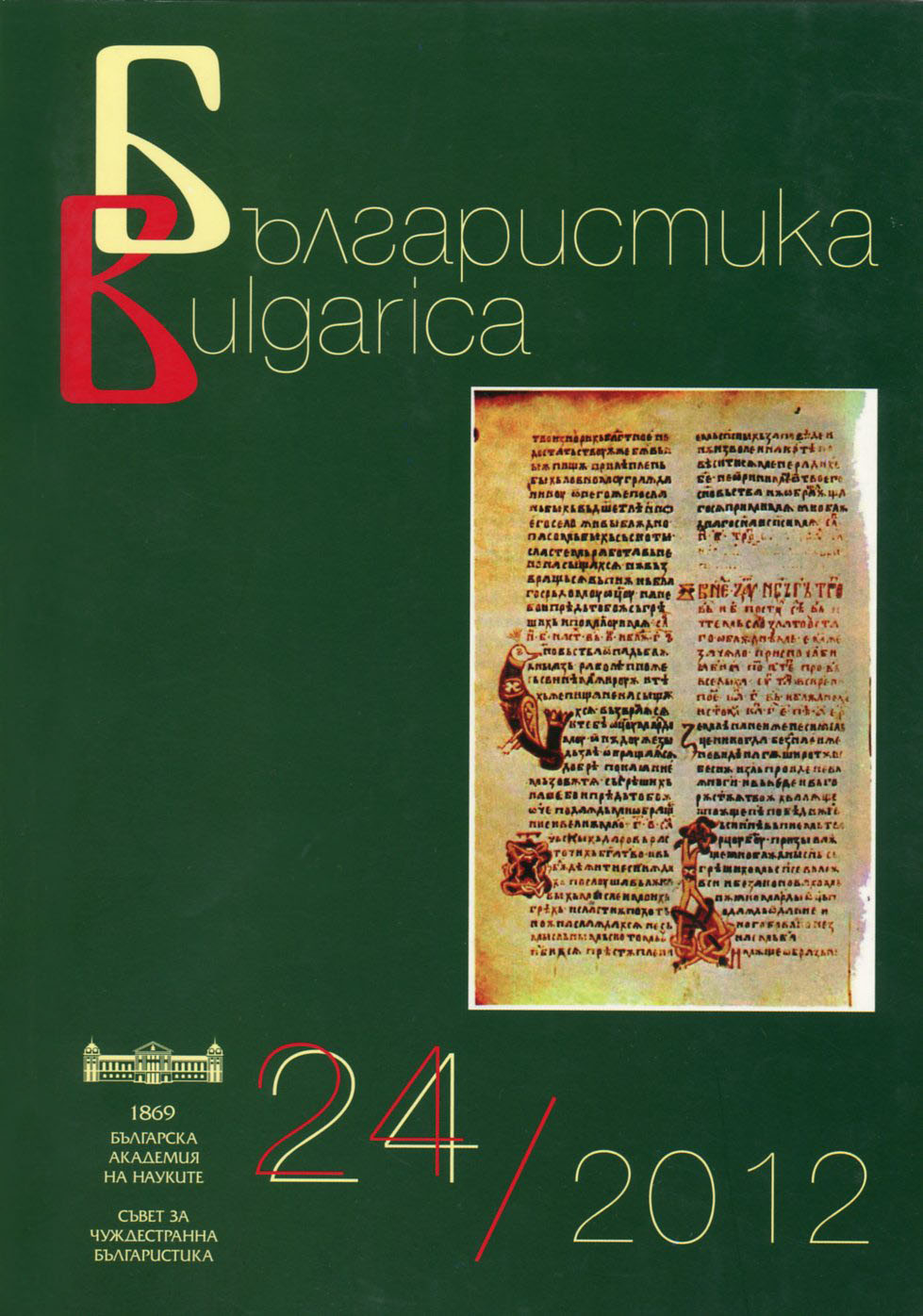
Научна периодика 2011–2012 г.
Content of the main Bulgarian scientific journals for the current year in linguistics, literature, history, folklore, ethnography, archaeology and art studies
More...We kindly inform you that, as long as the subject affiliation of our 300.000+ articles is in progress, you might get unsufficient or no results on your third level or second level search. In this case, please broaden your search criteria.

Content of the main Bulgarian scientific journals for the current year in linguistics, literature, history, folklore, ethnography, archaeology and art studies
More...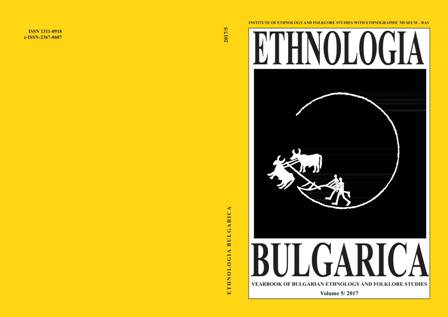
The present text is dedicated to a particular case from the last ten years when a meta narrativewas created, in this sense also a memory for the past, for St. Athanasius Monastery near the village of Zlatna Livada, a monastery proclaimed to be the oldest in Europe. Its founding is attributed to one of the key figures in the history of early Christianity, St. Athanasius, which gives the cloister a specific sacred nature. The subject of the study is indicative of the role that modern means of communication play in constructing popular ideas of the past.Thus, the ‘history’ of St. Athanasius Monastery becomes grounds for national pride and self-confidence; on the one hand, it symbolizes the ‘deep roots’ of the nation and on the other hand, it lends Bulgaria a greater symbolic significance in the context of a united Europe. The narrative of this Christian cloister’s ancient past proves to be a winning formula, since it focuses and expresses the hopes and aspirations of various social actors and circles, i.e. becomes part of several projects orientated to the future.
More...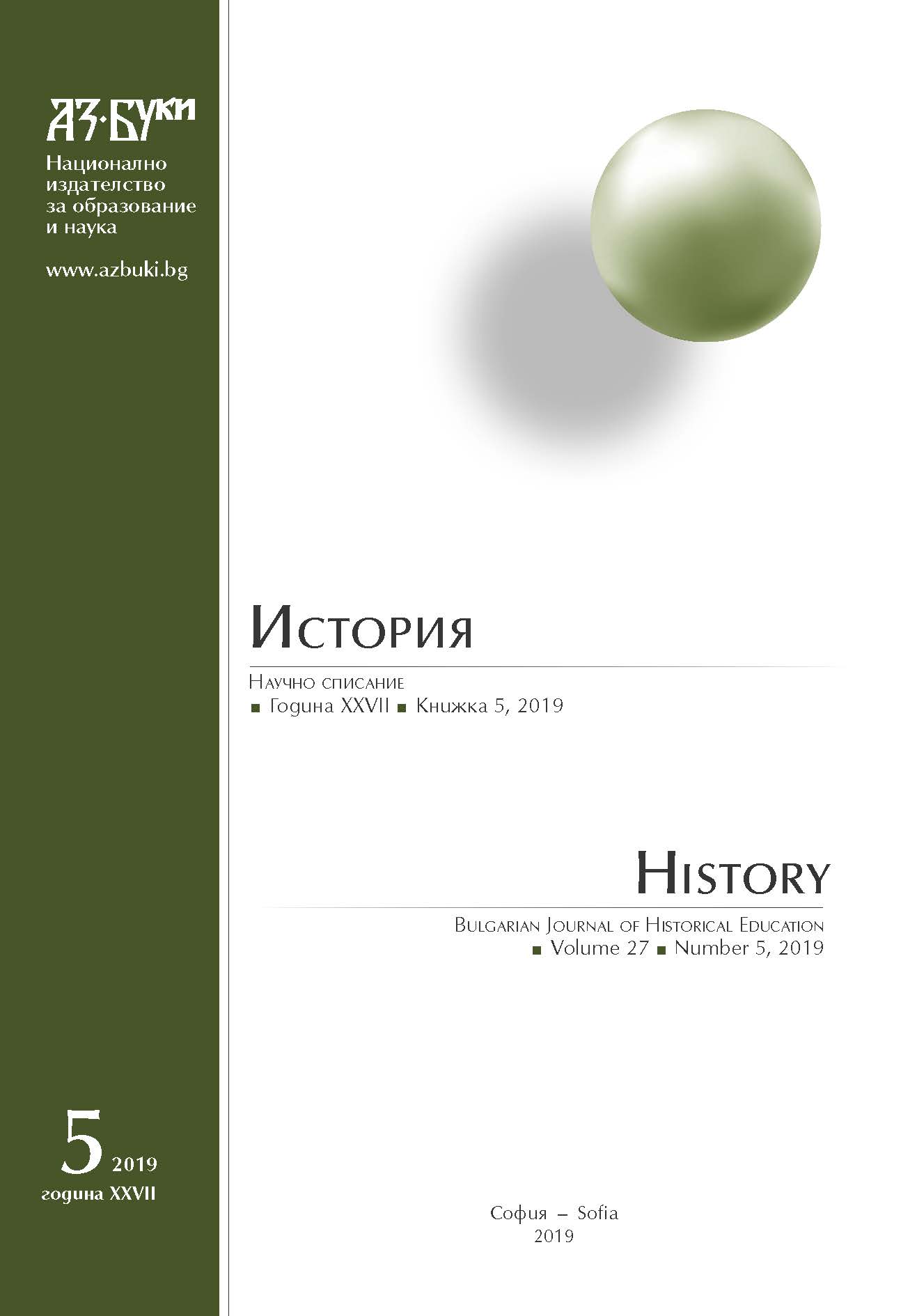
The article presents inception and the first months of the functioning of the underground Polish Socialist Party occurring in 1939-1944, under the code name “Wolność-Równość-Niepodległość” (Freedom-Equality-Independence). Its hows both the pre-war preparations of the PPS and the way in which the PPS-WRN was formed at the beginning of October 1939, as well as the principles on which its organization was based. The article also discusses both the beginnings of the PPS-WRN underground press and the party’s place in the forming structures of the Polish Underground State.
More...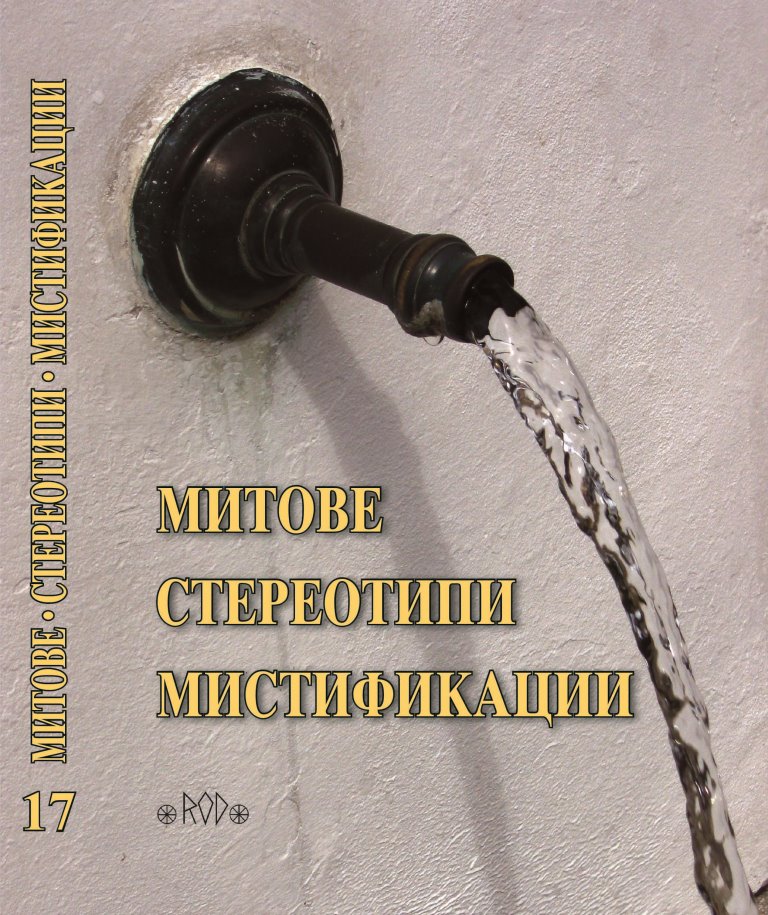
To write this material I was provoked by my love for the history and traditions of the place I have chosen to build a villa. For years, I have been gathering material from the stories of the local’s neighbors. Then I went through the existing scientific publications.
More...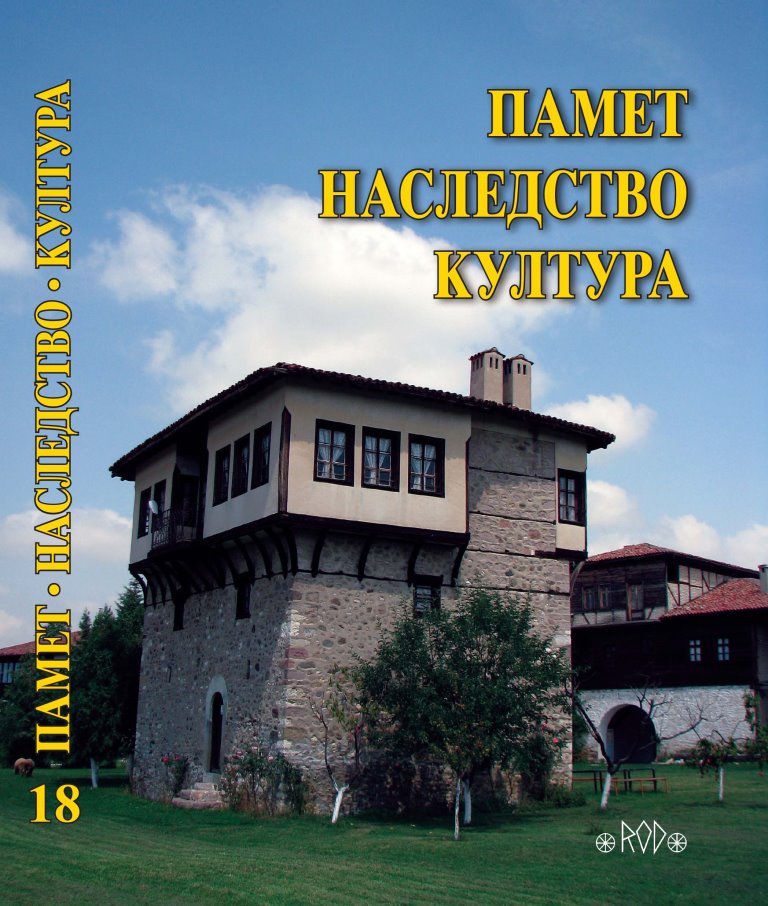
In the article are discussed anthroponyms of pilgrims from Dobrevtsi village, Teteven district, entered in the Etropole beadroll in 1648. For comparison of an earlier period are given names of people from the same village in the Ottoman registers of tax revenue from 1515 and 1584, allowing you to track certain features of the system names, ethnic, confessional and social composition of the population etc. Anthroponyms from the village are compared with those of the pilgrims from Etropole mentioned in the Etropole beadroll.
More...
The NOEMA Journal continues to publish, in a series, the book THE SECRET OF GENIALITY (Yerevan, Armenia, Noyan Tapan Printing House, 2002) by our colleague Robert Djidjian, not only because we all must know the philosophical research and creation (in our domain of epistemology and philosophy of science and technology) from a wider geographic area than that provided by the established fashion in virtue of both extra-scientific reasons and a yet obsolete manner to communicate and value the research; but also because the book as such is living, challenging and very instructive. The title of the book is suggestive enough to make us to focus on an old age question: the dialectic of the insight, of the discovery, its psychology moving between flashes of intuitions and cognizance stored in memory, and its logic of composition of knowledge from hypotheses to their demonstration and verification. The realm of science is most conducive to the understanding of this dialectic and the constitution of the ideas which are the proofs of what is the most certain for humans: the “world 3”, as Popper called the kingdom of human results of their intellection, and though transient and perishable in both their uniqueness and cosmic fate, the only certain proof of the reason to be of homo sapiens in the frame of multiversal existence. Therefore, creation is the secret of the human geniality, and how to create science is a main part of this secret.
More...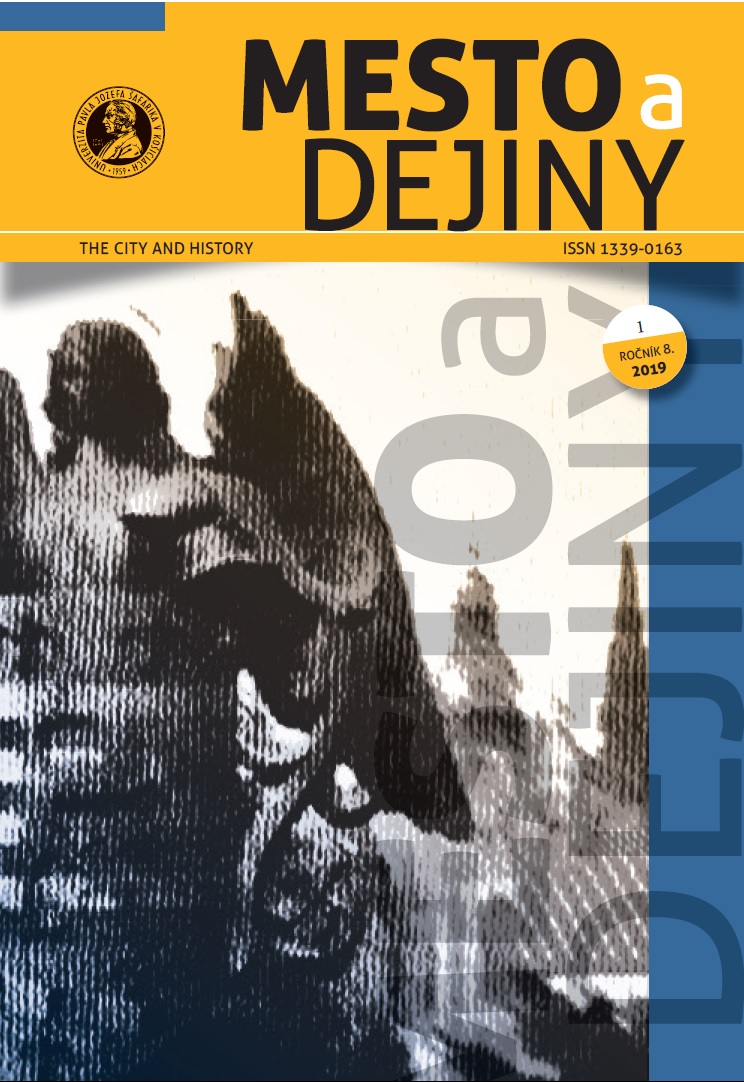
The extension of totalitarian and authoritarian regimes in the first half of the twentieth century, which hit most European states, required political interferences within the highest legislative and executive authorities of states as well as in local administrations and bodies of self-government. Legislative interventions resulted in the formation of new local political elites whose representatives, mostly recruited by the criterion of political reliability, held the defining positions and played the significant role in implementing anti-Jewish policy during the Holocaust era. The main aim of this contribution is the analysis of the mechanisms of legislative interventions into the creation of new local political elites in selected examples of Nazi-occupied countries (General Government, Protectorate of Bohemia and Moravia) and allied regimes (Slovak State and Hungary).
More...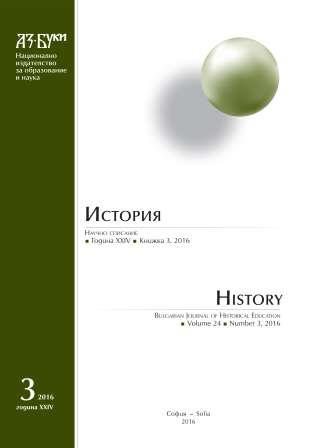
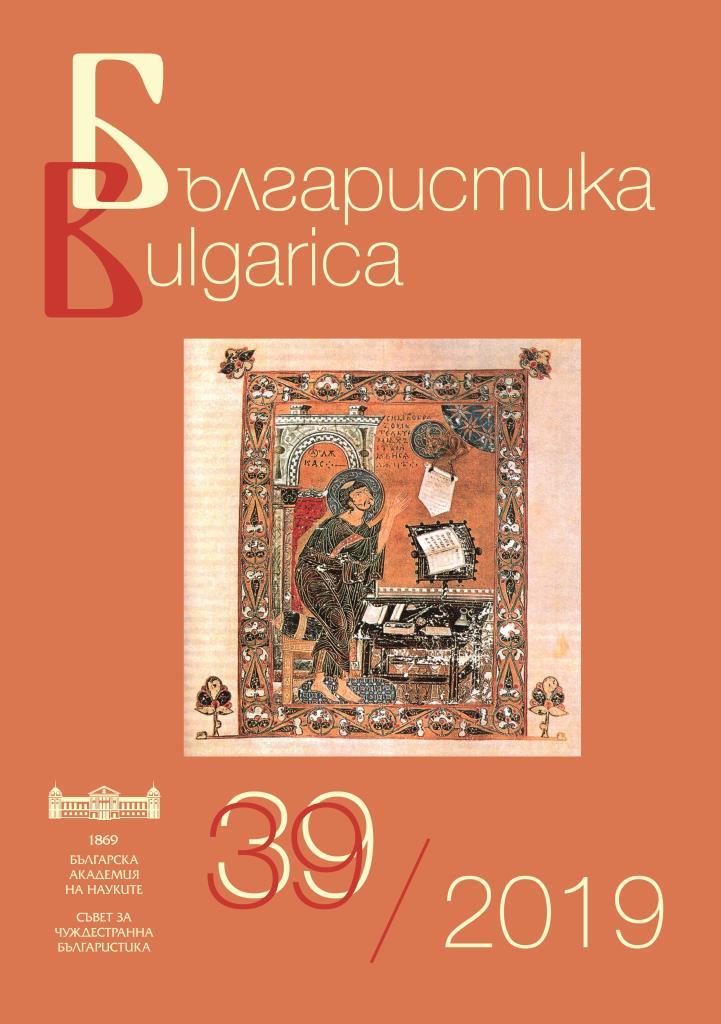
Content of the main Bulgarian scientific journals for the current year in linguistics, literature, history, folklore, ethnography, archaeology and art studies.
More...
Data about scientific events in the field of the humanities in Bulgaria in 2019
More...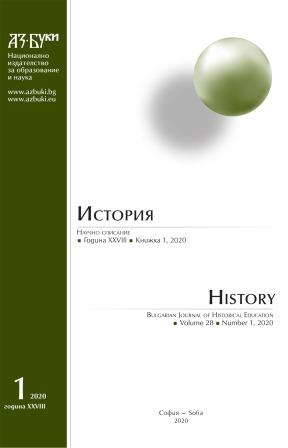
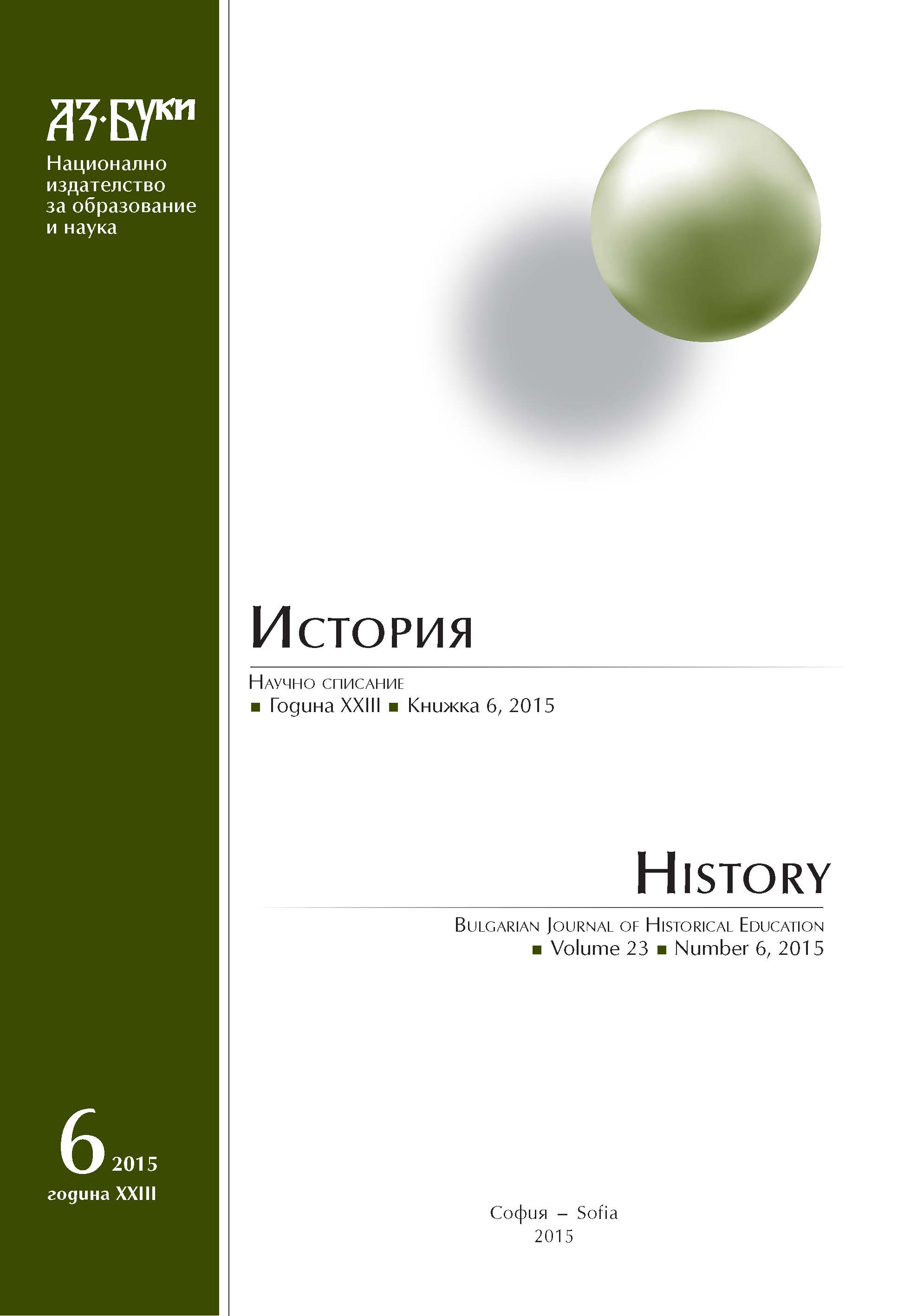
The article presents the results of а didactic diagnostic test which was conducted among students of VI degree in 138. „Prof. Vassil Zlatarski“ School. The results of the diagnostic study reveal the students’ abilities to work with images, such as explaining the causes and consequences of historical events, comparing images and compilation of short text answers.
More...
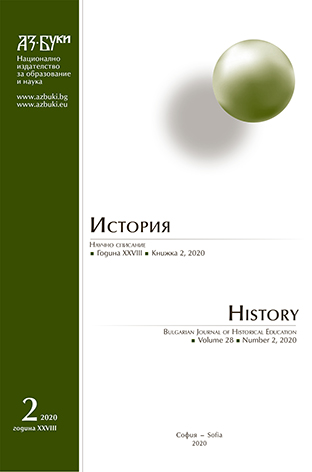
The purpose of this article is revealing the conditions and prerequisites for the “birth” of the entrepreneurial class in Sopot, Karlovo and Kalofer during the 18th-19th centuries. The main conclusion is that the combination of a favorable external environment and appropriate personal qualities make possible the appearance of people with enterprising spirit. In other words, Bulgarian Revival entrepreneurs from Sopot, Karlovo and Kalofer are born, but they are also made through the accumulated experience and knowledge.
More...
In this article, we aim to reveal some of Hristo Popkonstantinov's rich literary heritage, as well as biographical details about him. We study archival materials and information in literary resources. The scientific methods used are: the historical-chronological as well as the specific methods of archivism. The depth of the author's searches in the novel “The Physics of Sorrow” by contemporary Bulgarian writer Georgi Gospodinov, intertwining the past and present in a special and successful way, led us to think that we could connect our scientific study of one of the most prominent Rhodopes with the topic of the maze and the choice that must inevitably be made. In the complicate labyrinth of Bulgarian post-liberation reality,Hristo Popkonstantinov masterfully overcomes the confusion of many possible exits through his sense of the right direction – namely tireless and stubborn self education,preservation of the Bulgarian historical and folk heritage and respect to the Motherland. Hristo Popkonstantinov stands out as the first Rhodope writer and public figure of national importance.
More...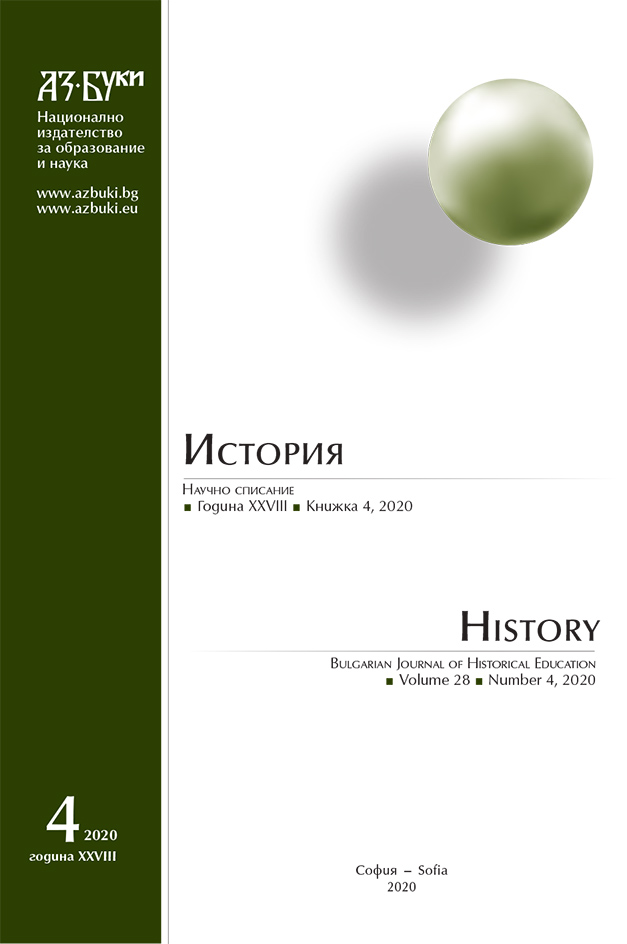
The article analyzes the historical surveys concerning the elеctoral regulations and the competition between the parties at the parliamentary elections in Bulgaria from the Liberation (1878) to the WW2. The reasons of the lack of scientific interest in the years of the communist rule are pointed out. The revival of the competitive elections since 1990 brought about for the growth of the surveys concerning the Bulgarian electoral past. There are some gaps, however. Yet many issues are unresearched. The article analyzes the historical surveys concerning the electoral regulations and the competition between the parties at the parliamentary elections in Bulgaria from the Liberation (1878) to the WW2. The reasons of the lack of scientific interest in the years of the communist rule are pointed out. The revival of the competitive elections since 1990 brought about for the growth of the surveys concerning the Bulgarian electoral past. There are some gaps, however. Yet many issues are unresearched.
More...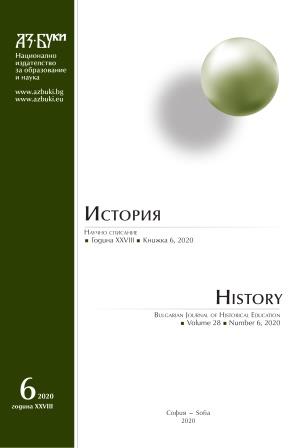
The article presents an unknown letter from the epistolary heritage of the Bogoridi family, in French in handwritten original, sent by Emanuel Bogoridi to his uncle Alexander Bogoridi, dated June 12, 1879, currently stored in the collection of the Bulgarian Historical Archive at the National Library “Ivan Vazov” – Plovdiv. The source and archeographic aspects of the newly discovered document are examined. In terms of content, the background of the idea of founding a museum, a library, an archive and a university in Eastern Rumelia and the involvement of one of the most famous European Slavic scholars in the person of Konstantin Irechek for this cause are presented. By publishing the letter in Bulgarian for the first time, it is included in scientific circulation.
More...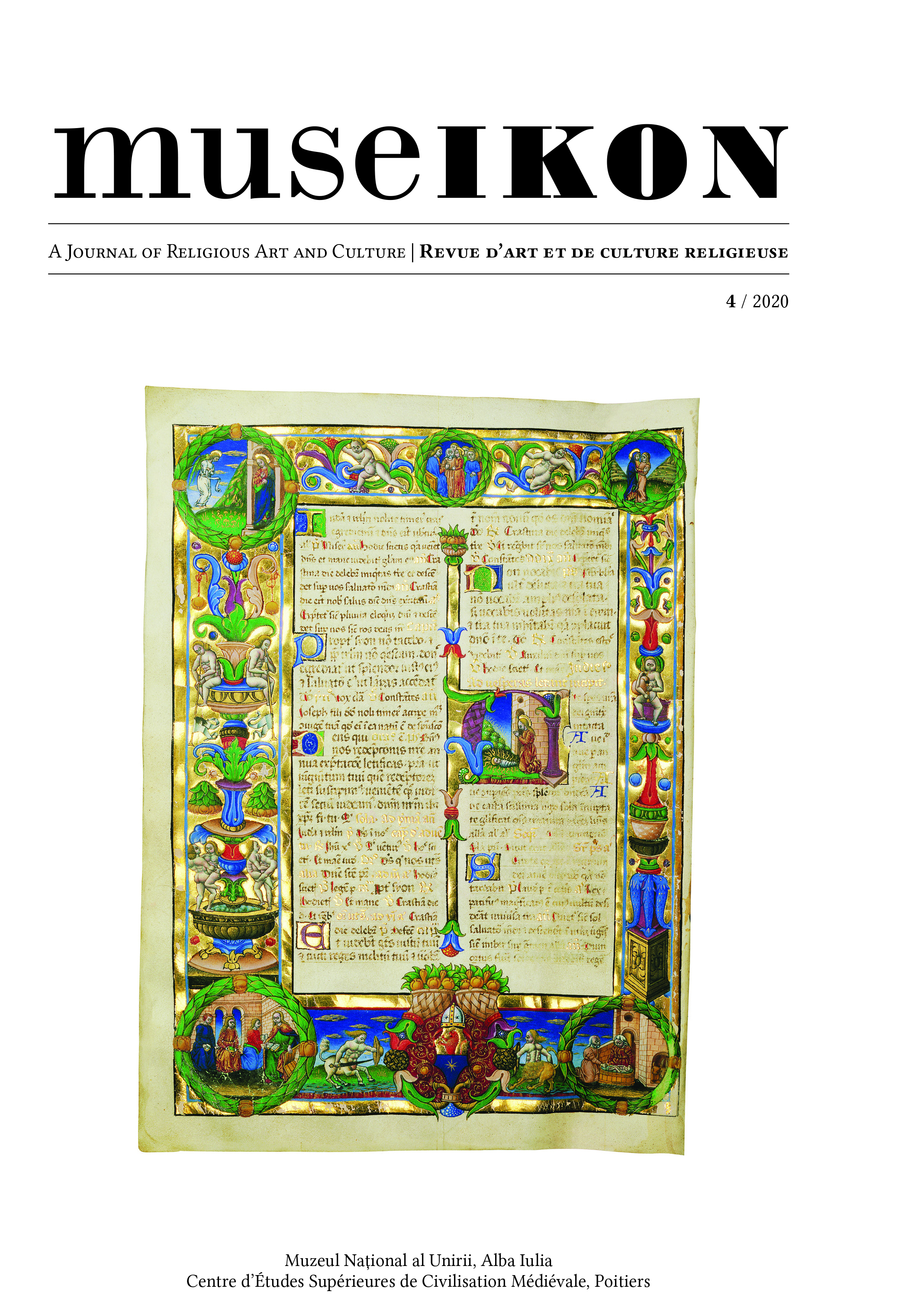
La présente étude se concentre sur le rôle joué par les textes liés aux icônes dans le culte, la commu- nication culturelle et la propagande des icônes lors de leur transfert. Ces textes se regroupent en trois catégories : les textes qui précèdent les icônes, les textes sur les icônes et les textes d’après les icônes. L’analyse de chacune de ces catégories aide à mieux déchiffrer la fonction et le rôle des textes dans la création et la perception, ainsi que dans les processus de transfert des icônes. Dans le cadre d’un transfert culturel, celui-ci se produit souvent dans un contexte où les signes verbaux se différencient des signes visuels. L’auteure donne quelques exemples de textes qui sont essentiels pour une interprétation exacte de certaines icônes russes transférées en Grèce du 5VIe au 5I5e siècle et détermine leur place dans la communication linguistique, spirituelle et culturelle. D’un point de vue mé- thodologique, elle s’intéresse aux conditions dans lesquelles les textes accompagnant les icônes russes devraient être étudiés, notamment dans le cadre de la recherche qui étudie le transfert de ces icônes russes en Grèce.
More...
Au 5VIIe siècle, les icônes russes avaient déjà gagné les régions post-byzantines sous domination o1o- mane de l’Orient chrétien : les contrées grecques et balkaniques, l’Afrique du Nord et l’Asie Mineure, Crète, Chy- pre, la Palestine, la Syrie et le Liban. Les archives (peu étudiées) témoignent d’une exportation élevée de peintures religieuses russes dans l’espace méditerranéen. Une grande partie de ce1e documentation se trouve aux Archives Nationales des Actes Anciens de Russie (RCODo). Ces documents ayant appartenu autrefois à l’administration diplomatique, Posol’skij Prikaz, sont conservés dans le Fonds 52 et concernent les relations entre la Russie et les centres ecclésiastiques orthodoxes situés dans l’Empire o1oman. Au 5VIIe siècle, les œuvres russes qui circu- laient en Orient étaient en grande partie le fruit des activités évergétiques des grands princes et des tsars, mais le commerce jouait aussi un rôle important dans leur transmission. À en juger par le grand nombre d’oeuvres qu’ils possédaient, leur qualité artistique et leur coût de production élevé, les patriarches devaient être les commandi- taires les plus importants. Cependant, les émissaires du tsar se rendaient en Orient pour diverses missions et apportaient également des icônes. Les Grecs qui vivaient en Russie ou qui y séjournaient longtemps envoyaient, eux aussi, des icônes russes dans leur patrie. Enfin, les icônes russes étaient exportées par les marchands grecs. À Moscou, les étrangers pouvaient commander les icônes directement auprès des peintres ou les acheter sur le marché. Les archives conservent encore des nombreux testaments de Grecs décédés à Moscou, riches en informa- tions quant aux icônes russes qu’ils ont eues en leur possession. Un bon nombre de maîtres russes ont travaillé à l’étranger, en particulier dans les Principautés de Valachie et de Moldavie. Certains étaient peintres d’églises, mais d’autres peignaient des icônes sur commande. Ces icônes passaient de main en main, au sein des familles ; étaient léguées par testament ; faisaient l’objet de dons envers les églises et les monastères ; etc. Les voies d’exportation des icônes russes vers l’étranger étaient donc des plus diverses. Les documents d’archive ne cessent pas de sur- prendre avec une variété de nouvelles informations à leur sujet.
More...
Dès le milieu du XXe siècle, les chercheurs bulgares s’intéressent à l’étude des œuvres d’art religieux russe qui sont arrivées dans l’aire culturelle bulgare; mais ces études n’ont jamais été menées de manière intensive. Les futures approches devront collecter, cataloguer et étudier les collections plus importantes d’icônes, d’estampes et d’objets russes de culte, en rassemblant toutes les informations nécessaires qui concernent les modalités d’acqui- sition de ces objets, leurs donateurs et leurs histoires individuelles. Une attention particulière devra être accordée aux peintres russes qui ont vécu en Bulgarie, ainsi qu’aux Bulgares qui ont étudié les arts en Russie, sachant que ces derniers ont peint des icônes après le retour en Bulgarie. L’influence de l’art orthodoxe russe sur les sujets abordés et les styles utilisés dans l’art bulgare pourra compléter ce panorama. La présente étude se propose de faire le bilan des recherches en cours.
More...